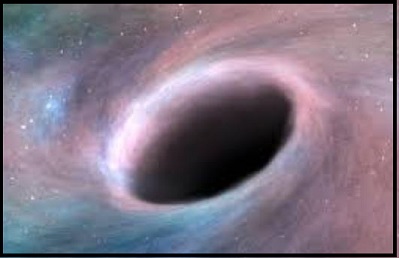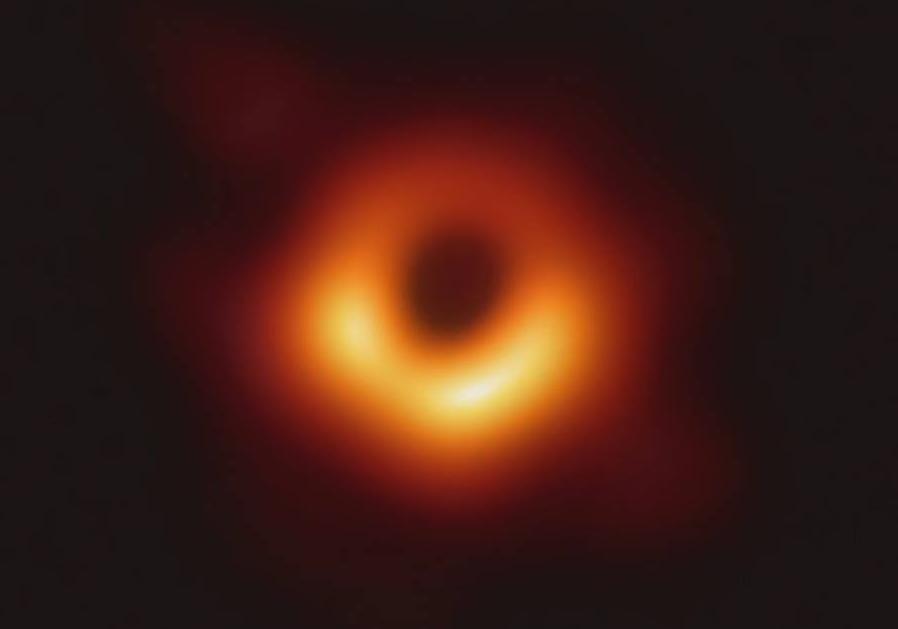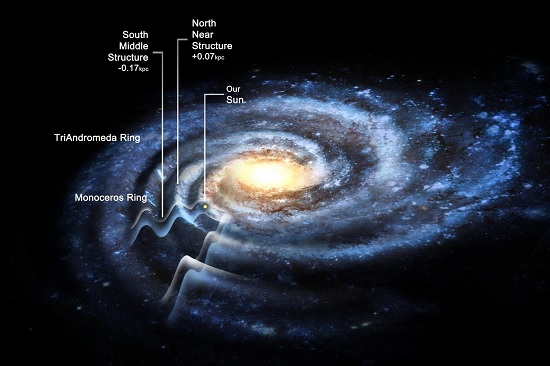Updated By: LatestGKGS Desk
About Black Holes Details, Types, Position, Structures

About Black Holes Details, Types, Position, Structures
Black holes are those objects that are dense with no matter and not even light can escape their gravity, and since nothing can travel faster than light, nothing can escape from inside a black hole, making them extraordinarily difficult to observe.
However, a black hole exerts the same force on something far away from it as any other object of the same mass would.
Black holes are of different sizes and are formed when very massive stars collapse at the end of their life cycle. Black holes can be small like an atom, or big like a large mountain.
A black hole's horizon is the point of no return beyond which stars, planets, gas, dust and all forms of electromagnetic radiation get swallowed into oblivion.
Types of Black holes
There are majorly three types of black holes:
1. Stellar: Stellar black holes are formed when a massive star collapses.
2. Supermassive: Supermassive black holes are equivalent to billions of suns and expected to exist in the centers of most galaxies, including Milky Way galaxy.
3. Miniature black holes: Miniature black holes are assumed to have been formed shortly after the “Big Bang”, which is predicted to have started the universe 13.7 billion years ago.


